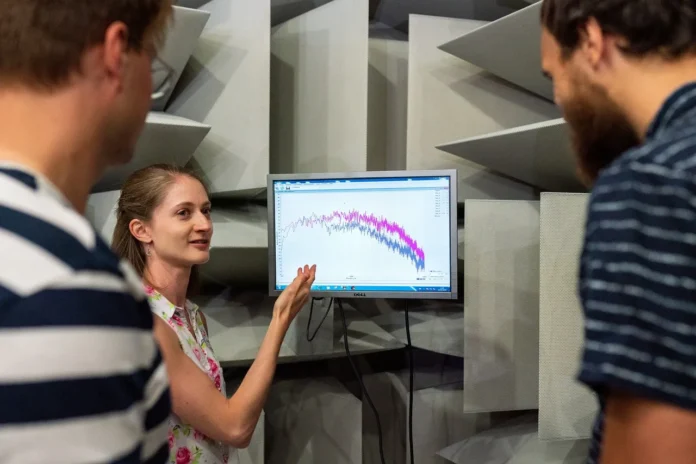Vibrations have a great impact on the structure, function, and life of a building. Whether from natural causes such as earthquakes or from human activities involving construction and traffic, the stresses set up by vibrations may compromise safety and performance. As technology advances, so does the study of vibrations and their effects on structures. These studies have helped engineers to effectively reduce any potential damage. This article looks at the science of vibrations on buildings and provides five critical insights into the subject.
Structural Resonance and Its Role
One of the most interesting phenomena in vibration science is resonance, wherein the natural frequency of the building corresponds to the vibrational frequencies of the exterior. It ensures the amplification of oscillations, probably with serious consequences. These may result in structural cracks, material fatigue, or even collapse under extreme conditions. To this effect, engineers can build damping mechanisms or materials that dissipate energy. Computational models further assist in predicting the resonance behavior of structures in order to be able to withstand different vibrational inputs.
The Importance of Monitoring Oscillations
Continuous monitoring of building oscillations is very important because it keeps the structure in good health. Advanced sensors and their analytical tools detect shifts in vibrational patterns that may indicate wear, damage, or coming failure. Continuous monitoring also ensures compliance with safety standards, particularly in areas that are prone to seismic activity or heavy industrial operations. For accurate and reliable results, it’s imperative to invest in the best ground vibration testing services to identify and address potential risks early. These services make use of advanced methodologies for the analysis of vibrations in recommending corrective measures to secure the building and its occupants.
Ground Vibrations and Foundation Impact
Ground vibrations resulting from external activities like construction or mining directly affect the foundation of the buildings. Continuous vibrations weaken the foundation materials leading to subsidence or cracks within the building. The type of soil plays an important role in determining the vulnerability of a structure. Loose or sandy soils resonate more than dense soils, which may dampen the vibrations transmitted. Understanding this phenomenon helps engineers select the appropriate materials and construction techniques that would minimize effects from ground vibrations concerning the overall enhanced stability.
Innovative Solutions in Vibration Mitigation
Advances in materials science have enabled innovative solutions to mitigate the effects of vibration. For example, foam insulation boards are increasingly being used as a buffer to dampen vibrations in certain structural elements. These lightweight yet strong boards absorb energy and reduce the transfer of vibrations through walls and floors. Other technologies include tuned mass dampers and seismic base isolators, which afford custom solutions to buildings in high-risk areas. Integrating these materials and systems ensures that the structure would be resilient under difficult conditions.
Long-Term Implications of Vibration
Unchecked vibrations have a great impact on the durability and safety of a building. Even low-amplitude vibrations, if they persist for a long period, contribute to material deterioration, reducing the load-bearing capacity over time. Besides, the cumulative effect of vibrations may compromise interior features, such as plaster, tiles, or fixtures, thus resulting in costly repairs. Proactive measures – regular assessments and incorporation of vibration-dampening technologies during construction – are some of the best ways to extend a building’s life and reduce maintenance costs.
In conclusion, understanding and mitigating the building vibration phenomenon is truly an art and a science, requiring skillful mixing of accurate analyses, bold new materials, and timely monitoring for longevity. Indeed, the growing availability of progressive solutions affords builders and property holders evermore reasoned choices toward protection against potential dangers. Whether through state-of-the-art testing services or the addition of damping materials such as foam insulation boards, vibration control is paramount for structural health and occupant safety.


